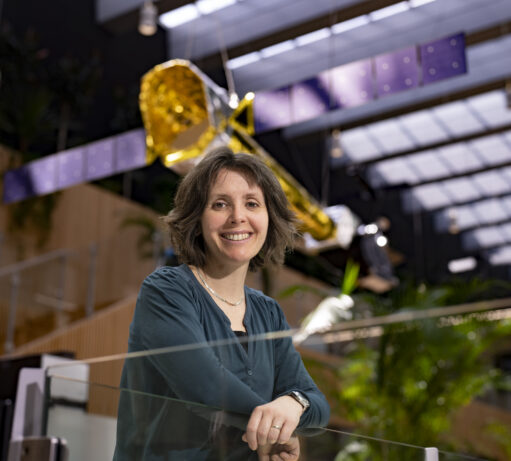Heavy stars of about eight solar masses or more can end up as black holes. During their lifetime, they produce iron and nickel by fusing lighter elements together. When enough of these are accumulated in the core, that core collapses under its own gravity and forms a black hole.
So much for the simple story. In fact, black holes of 20 solar masses or more also exist. And we have never seen a supernova of a star with enough mass to form such a heavy black hole. It is possible that such heavy stars implode; there are examples of heavy stars that suddenly seem to disappear.
And then there are supermassive black holes of millions or even billions of solar masses. It is tempting to think that stellar black holes slowly attract more and more matter and eventually grow into monsters like these. But with the James Webb space telescope, we are already seeing supermassive black holes in regions where the universe is only a billion and a half years old. It could be that they grew very fast especially early in the universe by eating nearby gas. Furthermore, using gravity waves, we have discovered that black holes can also merge into larger black holes. With new missions, such as gravitational wave telescope LISA and X-ray telescope NewAthena, we can learn more about how black holes grew in the early universe and what influence they have on their surroundings.
We are also investigating stellar black holes. For instance, we study how gas from a neighbouring star is attracted by a black hole. The resulting hot disc of gas around the black hole also blows winds into space that we can see with our telescopes. We can also often measure how a black hole and a star orbit each other and what this means for the shape of the gas disc.






